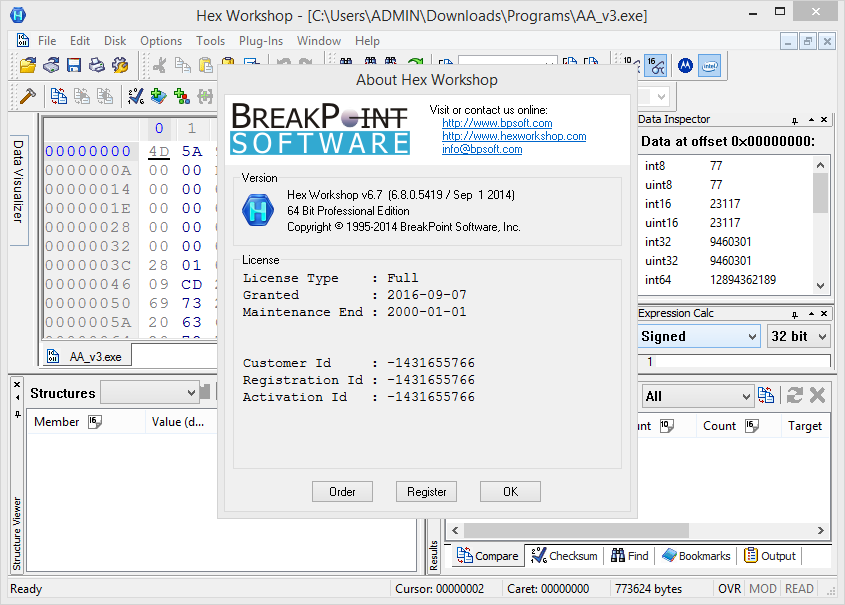
:max_bytes(150000):strip_icc()/001_best-free-html-editors-for-windows-3471313-5c101a6246e0fb00011475ba.jpg)
If you have a lot of coding in the middle of text, you may find that delimiters affect more than you want. There is one exception you might find though. For the most part you should probable leave them (or, if you don't like it highlighting them, you can simply delete what's in them (so that they look like the "Folder+"/"Folder-" lines). However, operators and delimiters require a little more care. One trick you might want to try is, if you have some important variables or other keywords you want highlighted, to list them in the forth keywords list (but remember to change the color it highlights them, see style below). The keywords themselves are easy enough to figure out (simply leave a space and write in the new words to add to the list). There are also lines for "Comment" (the *comment command), "Operators" (a number of symbols used in CS, such as parentheses, the equals sign, and exclamation points) and "Delimiters" (Which are quotation marks). There are four possible lists of keywords, three of which are used to begin with. The only one that people may have different opinions on are caseIgnored, which some people may wish to change to "no" to force the highlighter to only highlight things that have the same case. Most of the settings will not make a large difference if changed, and should probably be left as they are. There are three categories that every part of the highlighter falls into: Settings, Keywords and Style. This will cover editing the syntax highlighter in Notepad++. The Syntax Highlighter is short and easily modified by going to Language > Define your language and selecting choicescript in the User language menu at the top of the new window.
#Download notepad++ hex editor plug in code
Select it and and your code should automatically be highlighted. Open Notepad++ once again, go back to the language menu, and at the bottom between "Define your language" and "User-Defined" you should find " choicescript".Above the import button, click on the drop-down " User Define Language" field and select choicescript.A pop up should now confirm the import was successful. Click the import button and navigate to the location where you downloaded the choicescript.xml file (usually it will be in your downloads folder).Click on the " language" drop-down menu and select " Define your language" and a new window will open.Considering that the program is absolutely free, I invite you to try it yourself.After downloading the choicescript.xml file, follow the steps described below. In conclusion: As you can see, Notepad++ is much more than a simple text editor. If you have a little coding experience, you can write your own plugins because a SDK is available from the publisher. The ones I use the most are the XHTML, XML, and brace auto close, the text to HEX converter, the C++ code re-indent, the trailing space trimmer, FTP support and the case converter. It also supports external plugins which can perform several text editing tasks. Pluses: Notepad++ has lots of great features and built-in tools. I used this feature for removing each second row from a text file and it worked flawlessly. It allows you to record key-presses and then play them back later. One of the most useful features is the macro recorder. Notepad++ has a built-in HEX-editor, which you can use for editing binary files.Īmong other things, the application supports block comments, function completion, TAB removal, and bookmarks.
#Download notepad++ hex editor plug in windows
The "View" menu allows you to configure Notepad++ to show line ending characters, to show white-spaces, and even to show all the characters that normally wouldn't be shown in Windows Notepad. With just a few clicks, you can convert the encoding (ANSI, UTF8, UCS2) and format (MAC, Linux, Windows) of text documents. It's also possible to set the colors which are used for code highlighting and the program's shortcut keys. You can set it to remember the last opened files, to create automatic backups of all the files you save, or you can specify text printing preferences. The code highlighting is done depending on the language you choose.Īfter installing the program, I recommend you take some time to configure it. This can be done by using the "Language" main menu. Even though Notepad++ detects the code language automatically, you might sometimes need to specify it manually. The application supports several programming languages and file-types, including C, C#, CSS, HTML, JavaScript, PHP, Ruby, SQL, and others.

Notepad++ is a great source code editor, but it also performs great as a Windows Notepad replacement.


 0 kommentar(er)
0 kommentar(er)
